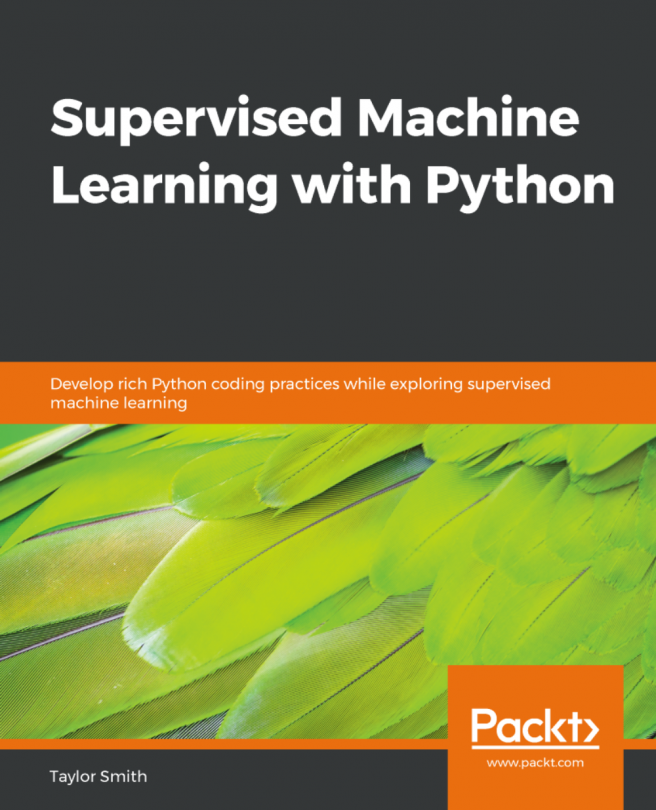Let's try out some support vector machines here. Fortunately, it's a lot easier to use than it is to understand. We're going to go back to the same example I used for k-means clustering, where I'm going to create some fabricated cluster data about ages and incomes of a hundred random people.
If you want to go back to the k-means clustering section, you can learn more about kind of the idea behind this code that generates the fake data. And if you're ready, please consider the following code:
import numpy as np
#Create fake income/age clusters for N people in k clusters
def createClusteredData(N, k):
pointsPerCluster = float(N)/k
X = []
y = []
for i in range (k):
incomeCentroid = np.random.uniform(20000.0, 200000.0)
ageCentroid = np.random.uniform(20.0, 70.0)
...







































































